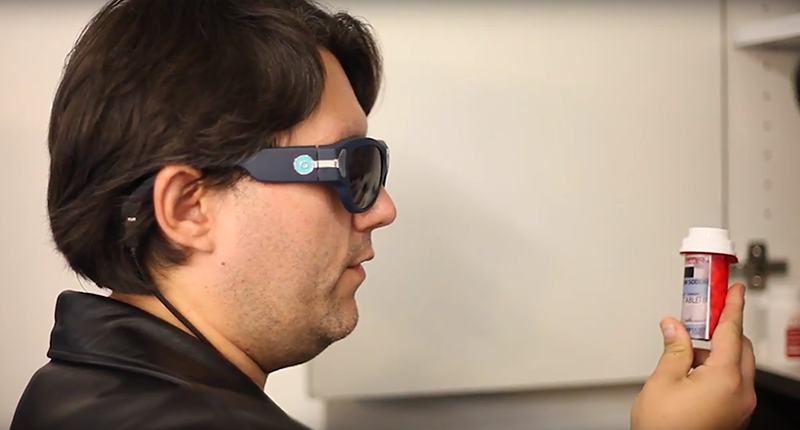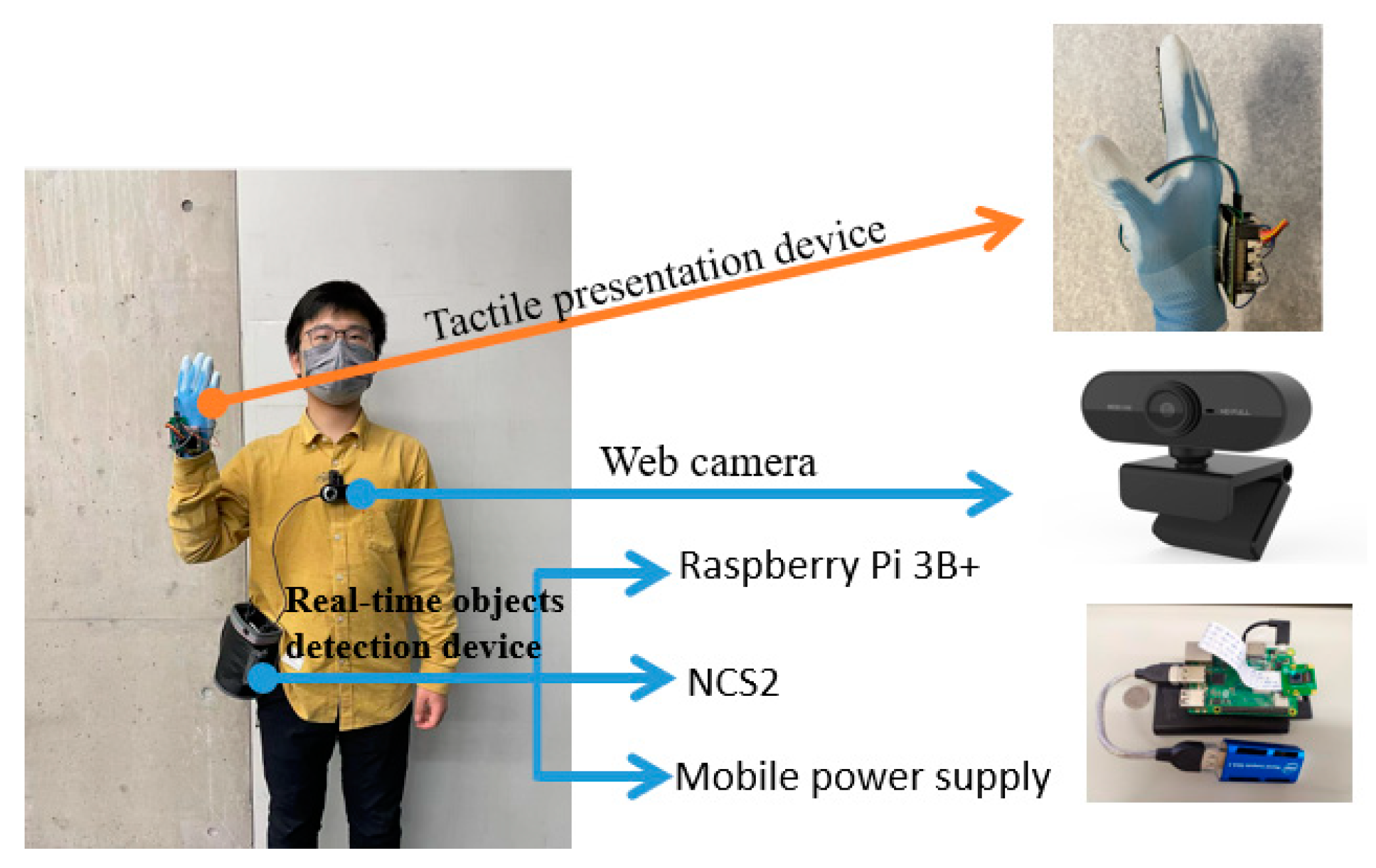Mobility Aids for Visually Impaired Users: Improving Independence
Empowering Self-reliance With Assistive Technology for the Blind
The integration of assistive innovation into the lives of individuals with aesthetic disabilities stands for a significant innovation in promoting freedom and self-sufficiency. From ingenious display viewers to innovative wise walking canes, these devices not just improve daily navigation and interaction yet also encourage customers to involve meaningfully in numerous elements of life. As we discover the myriad benefits and real-world applications of these modern technologies, it ends up being essential to analyze the hidden elements that contribute to their effectiveness and the possibility for future advancements in this important field.
Review of Assistive Innovation

The advancement of assistive technology is based in concepts of inclusivity and empowerment. Technologies in software, hardware, and sensory improvements supply individuals with choices customized to their certain needs. From screen viewers that convert text to speech, to tactile devices that convey details with touch, these tools change the way people engage with their surroundings.
In enhancement to functional applications, assistive innovation promotes higher social incorporation and involvement in numerous fields, consisting of education and learning and employment (Speech-to-text devices for low vision). As r & d remain to progress, the potential for assistive innovation to even more boost the lives of visually impaired individuals stays promising, leading the means for a more equitable culture where every person can grow
Sorts Of Assistive Tools
A range of assistive gadgets have emerged to sustain individuals with visual problems, each designed to satisfy specific needs and improve daily performance. These tools vary from low-tech solutions to modern innovations, supplying varied alternatives for users.
Low-tech tools include magnifiers and large-print products that help in reading and writing. Braille tools, such as Braille styluses and slates, enable responsive analysis and interaction. Orientation and mobility aids, like white walking canes, assist customers navigate their atmosphere safely.
On the higher end of the range, electronic zoom systems and screen viewers use considerable assistance. Digital magnifiers enable individuals to expand message and photos on screens, while display visitors transform digital material right into synthesized speech, assisting in access to info on smart devices and computer systems.
Smart device applications likewise play a crucial function, supplying attributes like text acknowledgment and navigating support. Wearable modern technology, such as clever glasses equipped with augmented reality, is emerging as an appealing tool to enhance situational recognition.
Advantages of Assistive Modern Technology
The combination of assistive innovation dramatically boosts the lifestyle for people with visual disabilities. These innovations equip individuals by promoting self-reliance, allowing them to navigate their atmospheres more properly and carry out everyday tasks with better simplicity. Screen readers and zoom software program permit individuals to accessibility digital details, promoting academic and professional possibilities that may have formerly been out of reach.
Additionally, assistive devices such as wise canes and general practitioners applications offer real-time navigation support, go enhancing wheelchair and safety. This enhanced freedom not just enhances self-worth however additionally urges social engagement, permitting individuals to participate more fully in their areas.
Assistive innovation also assists in communication, assisting users get in touch with others via voice recognition and text-to-speech applications. This capacity is essential for keeping relationships and accessing vital info.
Additionally, the customization choices available with lots of assistive innovations guarantee that users can customize devices to their certain requirements, further boosting usability and effectiveness. In general, the benefits of assistive innovation for people with visual problems are profound, promoting a much more inclusive culture where every person can pursue their objectives and aspirations.
Study and Success Stories
Highlighting the transformative effect of assistive modern technology, countless instance researches show exactly how people with visual problems have successfully incorporated these tools into their lives. One compelling example includes an university student who made use of display reading software to browse on-line resources and academic products efficiently. This innovation not only promoted her education however additionally improved her self-confidence in participating in discussions and team projects.
An additional instance research study features a specialist who uses a smartphone application made for navigation and things recognition. By utilizing this application, he has actually reclaimed autonomy in both his personal and workplace, permitting him to commute separately and engage with associates a lot more successfully.
In addition, a retiree shared her experience with braille e-readers, which allowed her to access a substantial variety of literature and stay gotten in touch with her area with publication clubs.
These success stories highlight the crucial duty of assistive modern technology in cultivating freedom, enhancing lifestyle, and promoting social assimilation for people with aesthetic impairments (Wearable technology for low vision). By embracing these ingenious devices, individuals can get over challenges and confiscate possibilities that add to their expert and personal fulfillment

Future Fads in Assistive Innovation
Advancement in assistive technology is poised to redefine the landscape of support for people with visual disabilities. Emerging trends highlight the integration of artificial knowledge (AI) and artificial intelligence, which improve the functionality of gadgets that assist with navigation and details access. AI-driven applications are currently capable of interpreting visual information in real-time, making it possible for users to involve with their atmosphere extra separately.
Moreover, the growth of wearable modern technology is advancing swiftly. Smart glasses furnished with increased truth (AR) can give audio descriptions of surroundings, changing just how users connect with public spaces. These tools not just advertise autonomy but also foster social inclusion.
Furthermore, the Internet of Points (IoT) is making homes the original source smarter, permitting seamless connection in between daily home appliances and assistive tools. This connection empowers users by allowing voice-activated controls and automated actions customized to individual demands.
Verdict
Finally, assistive modern technology plays a pivotal role in equipping people with aesthetic disabilities by improving their freedom and interaction with their environments. The varied variety of applications and gadgets readily available not only assists in navigation and communication however also advertises social integration and chances for expert and personal development. As improvements proceed in this field, the capacity for enhancing the top quality of life for those with aesthetic problems will certainly expand, fostering higher autonomy and empowerment.
